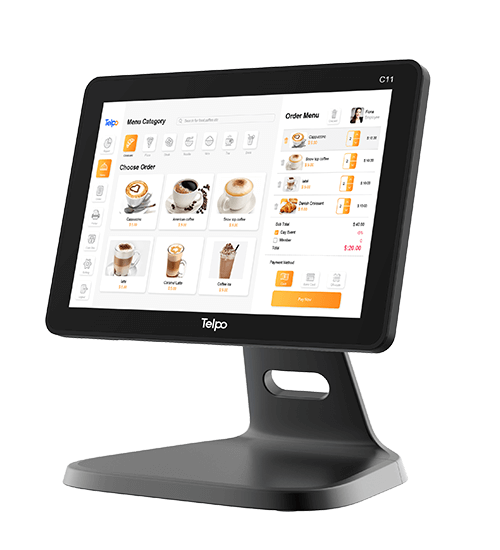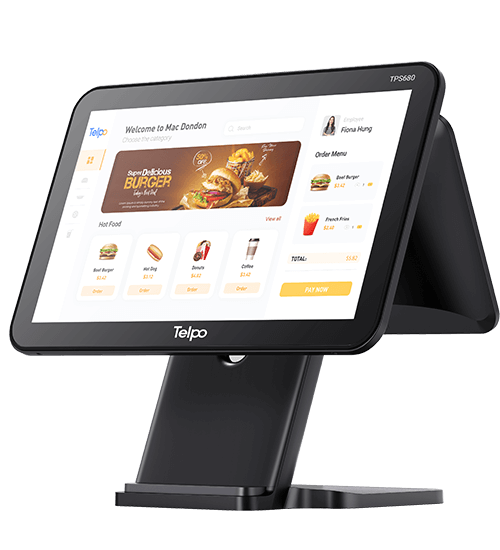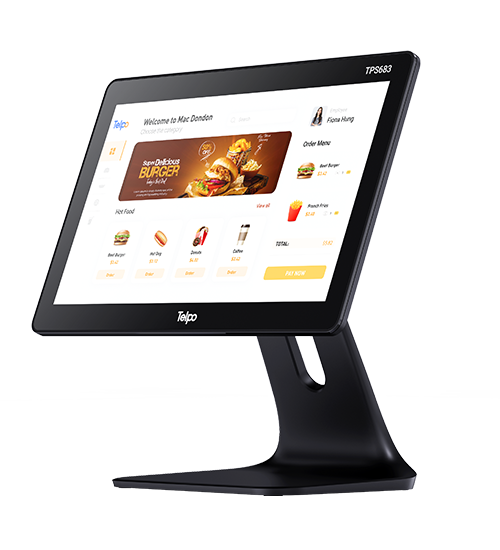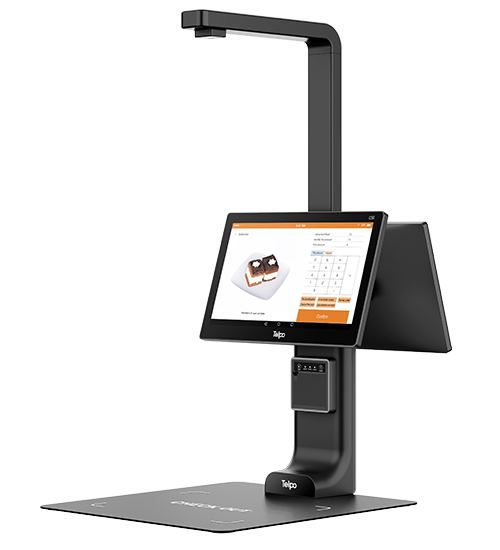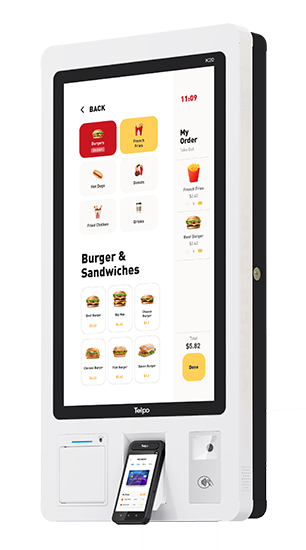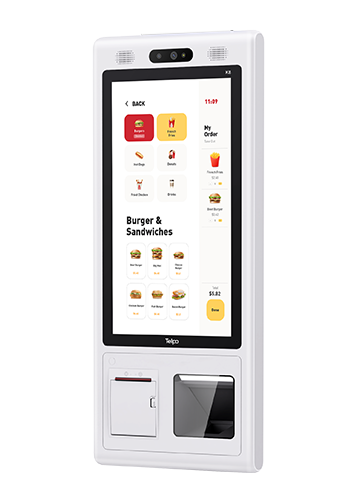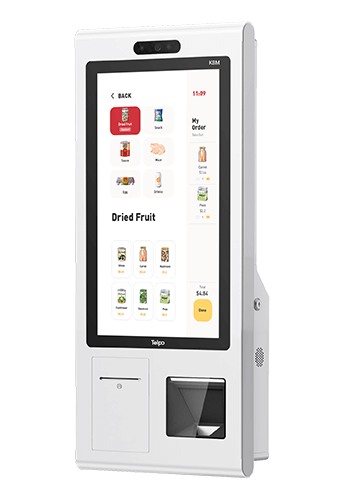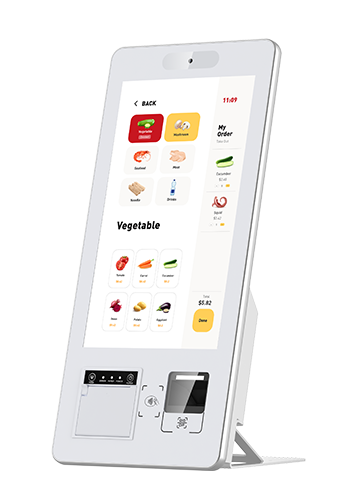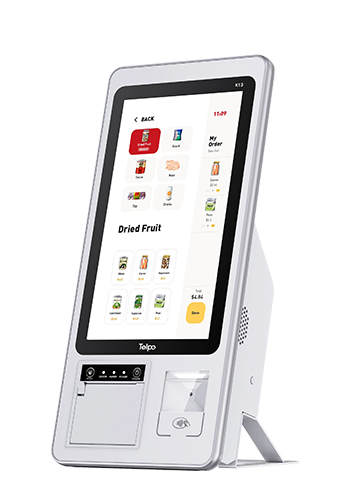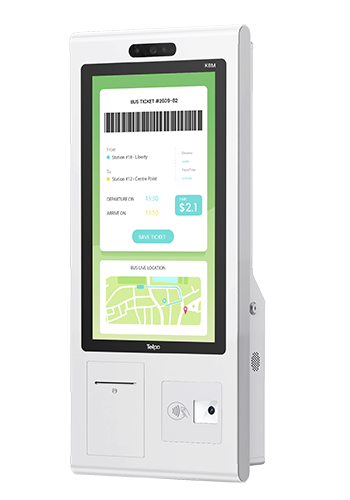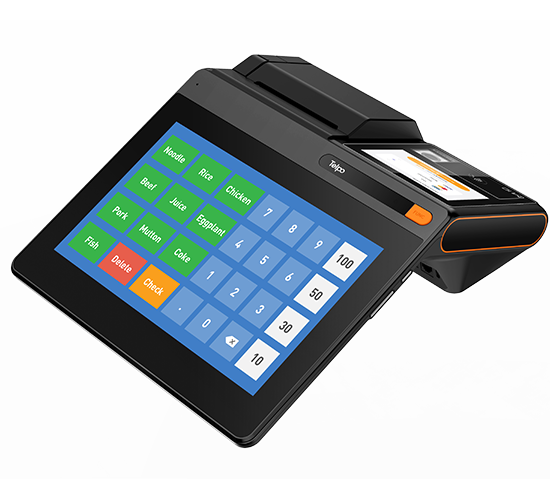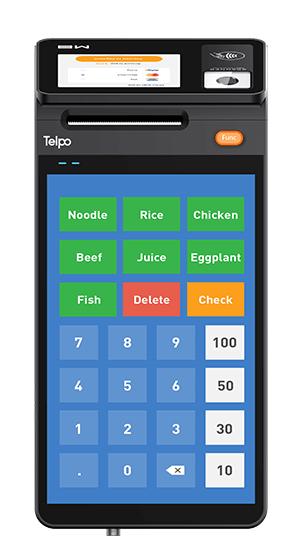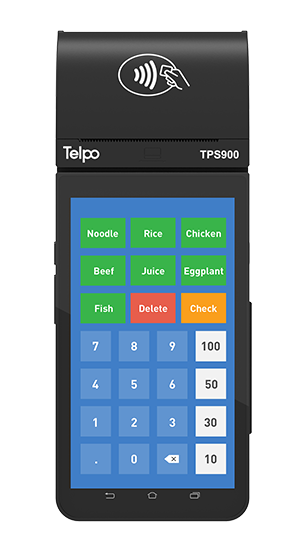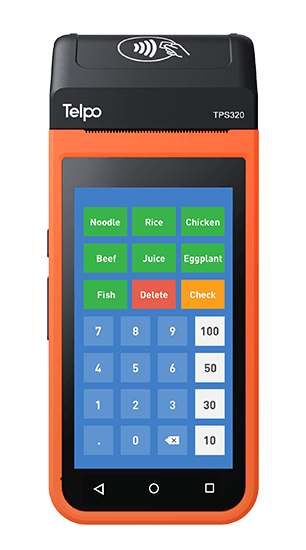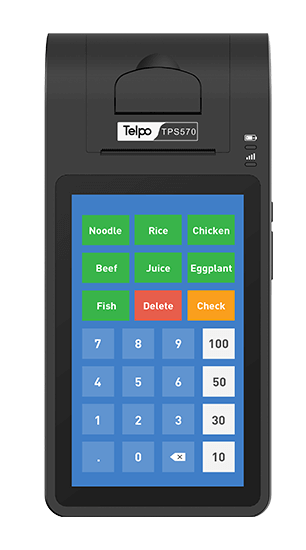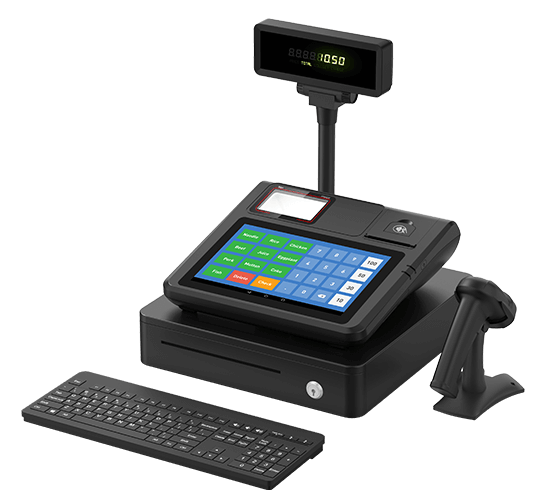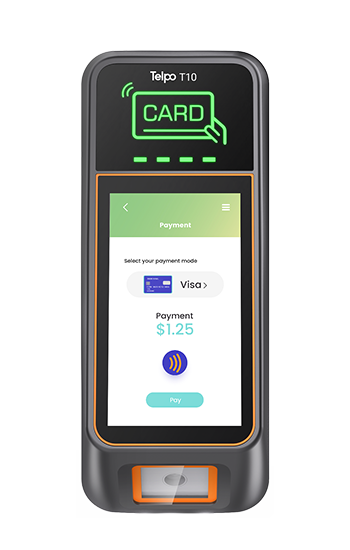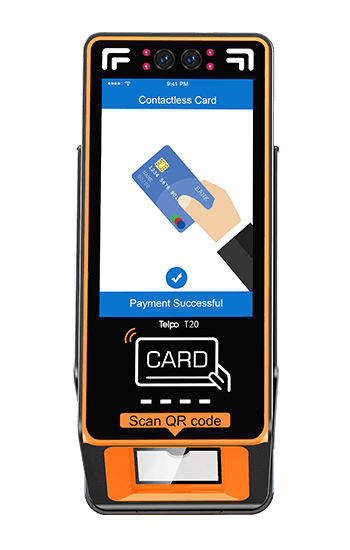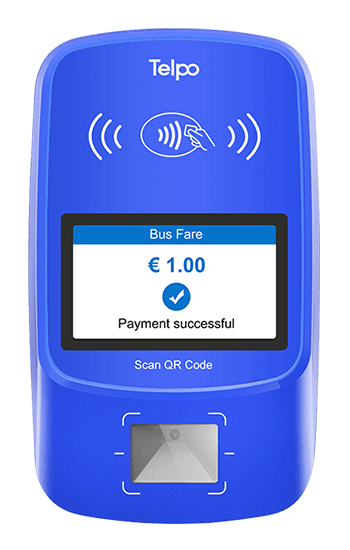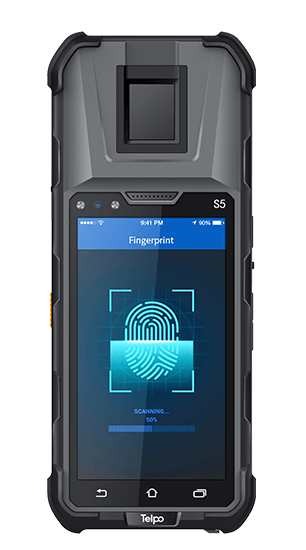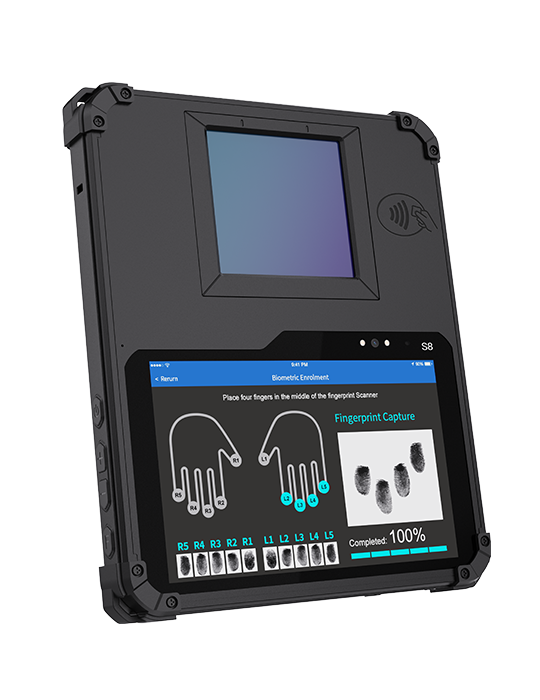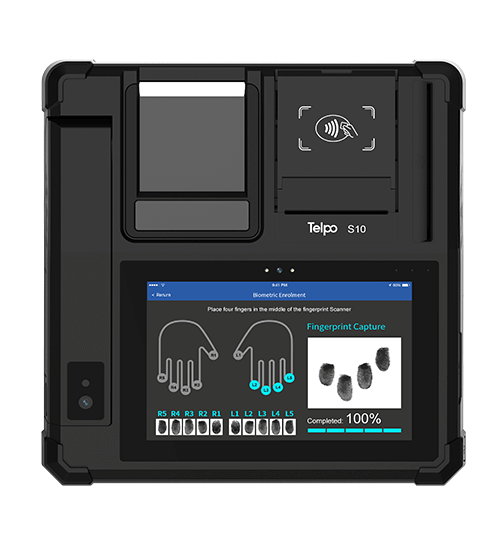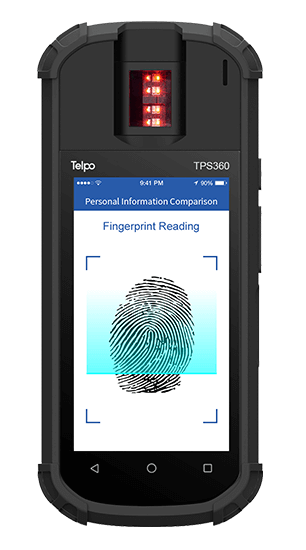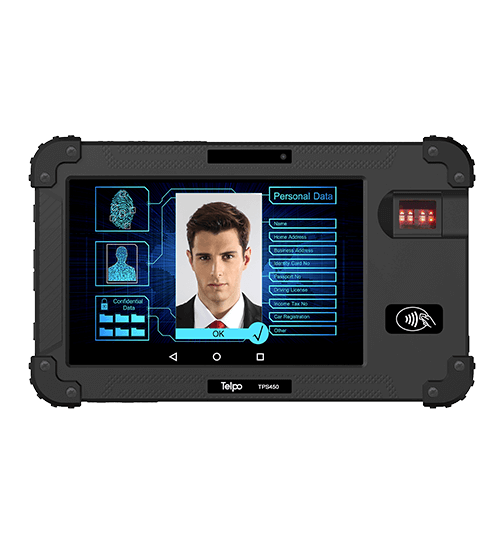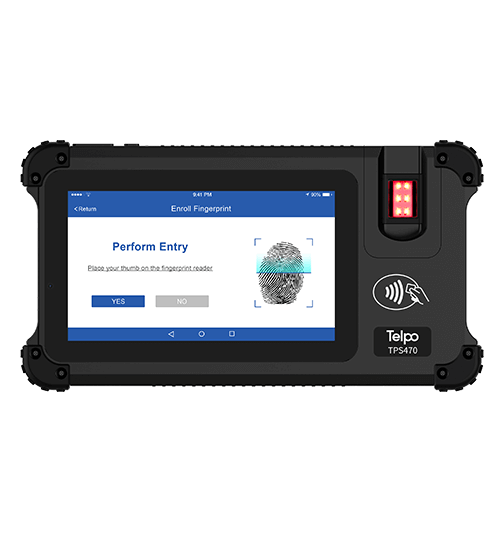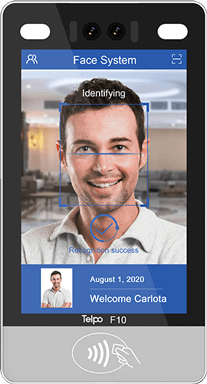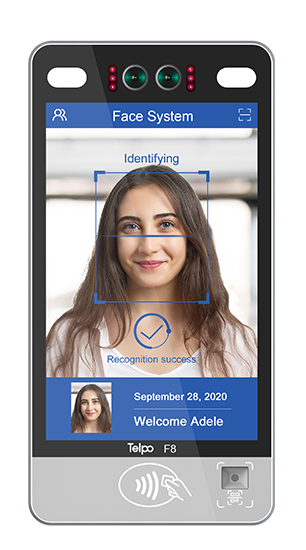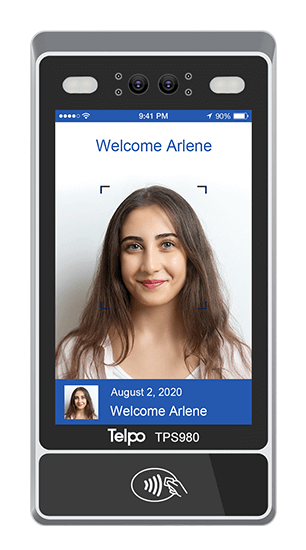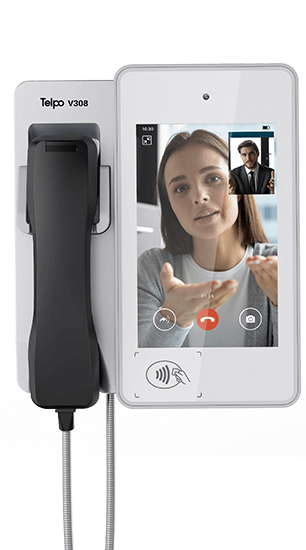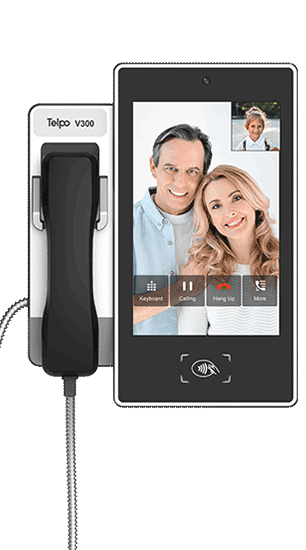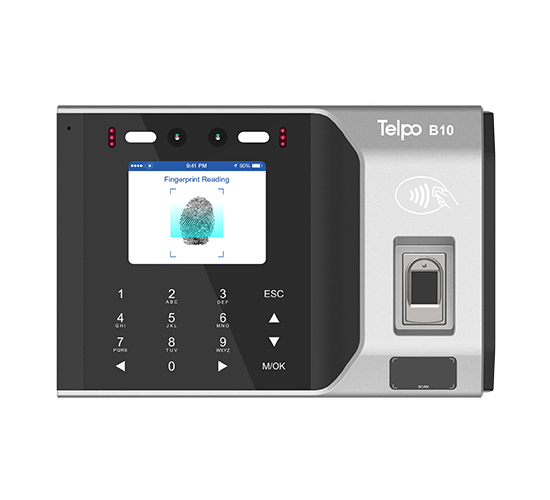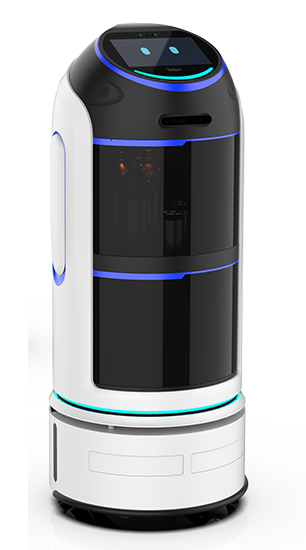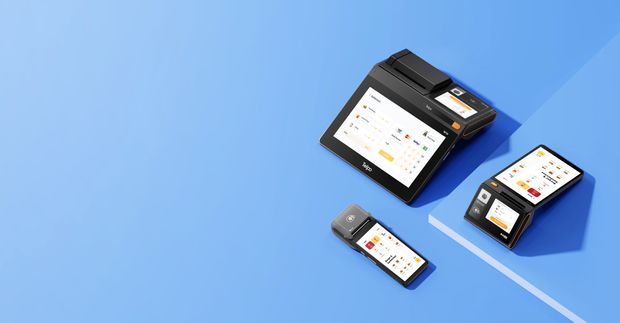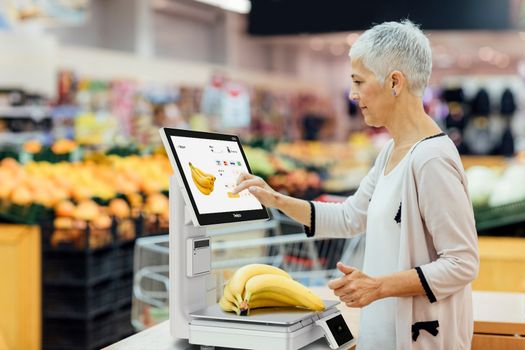The modern intelligent transportation system has brought about significant changes in the evolution of transit card readers, from simple magnetic stripe readers to contactless smart card readers. Transit card readers are a type of traffic card reader that is specifically designed for use on public transportation systems. They allow passengers to quickly and easily pay for their fares without having to use cash or paper tickets. Transit card readers generally use contactless smart card technology or mobile payments to make the payment process more convenient for passengers.
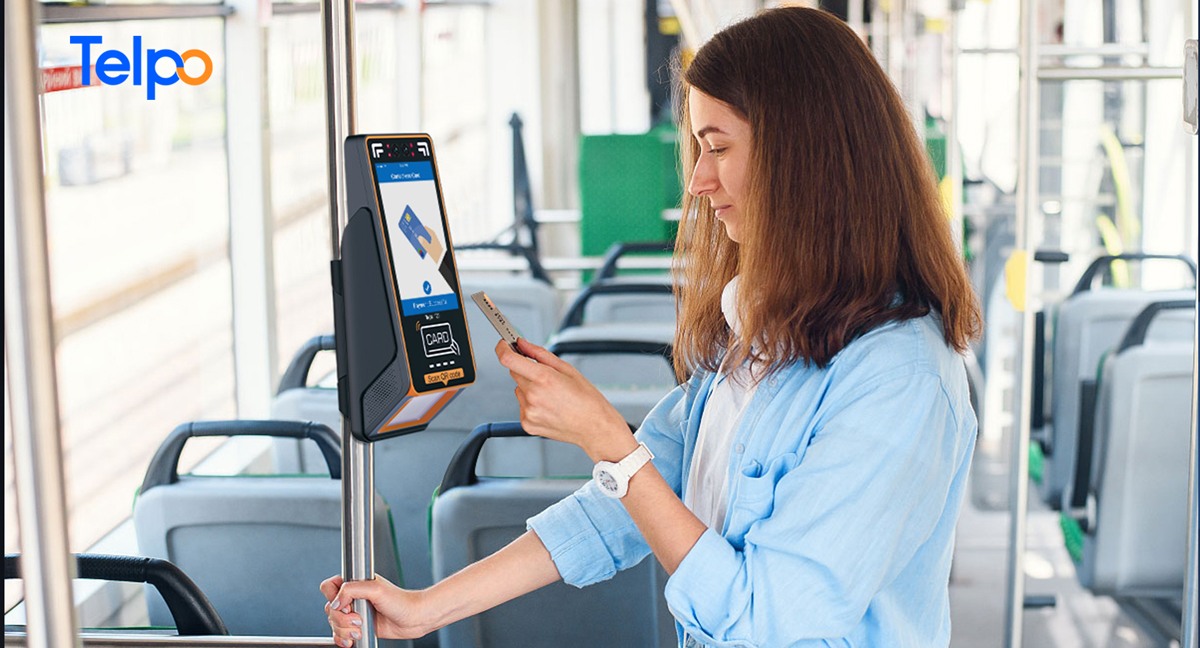
Transit card readers, also known as bus ticket machines, ticket validators, automated fare collection machines, pass card readers, or similar terms, are devices used in public transportation systems to facilitate the payment and validation of bus fares. These readers play a crucial role in modern fare collection systems and have gained significant popularity in recent years. In addition to using on buses, similar card reader systems are also deployed in other modes of public transportation, such as trains, trams, ferry and subways. They have become an integral part of modern transportation infrastructure, offering convenience, security, and enhanced financial management for both passengers and transit operators.
In the early 2000s, contact smart card readers were introduced, which required the card to be inserted into the reader. They had larger storage capacity than magnetic stripe cards and could store additional information such as travel history and fare discounts.
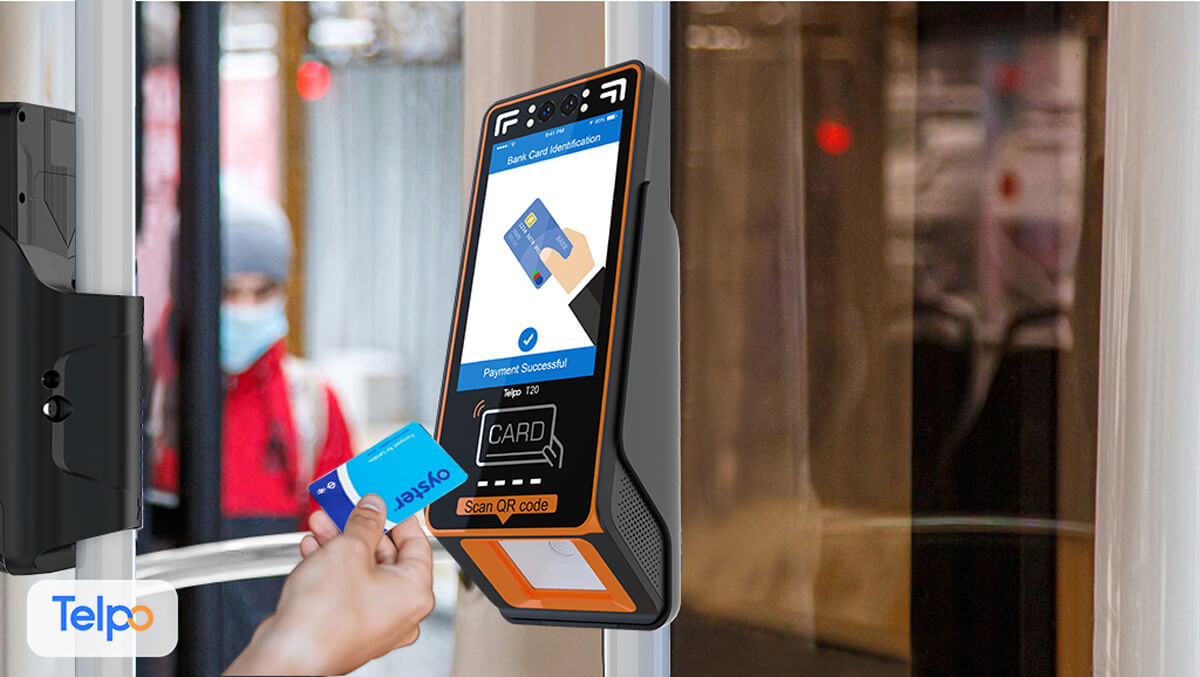
As payment and information technology advances, transit card readers have become faster, more convenient, and more secure. They have also enabled new payment options like mobile payments, further improving the passenger experience.
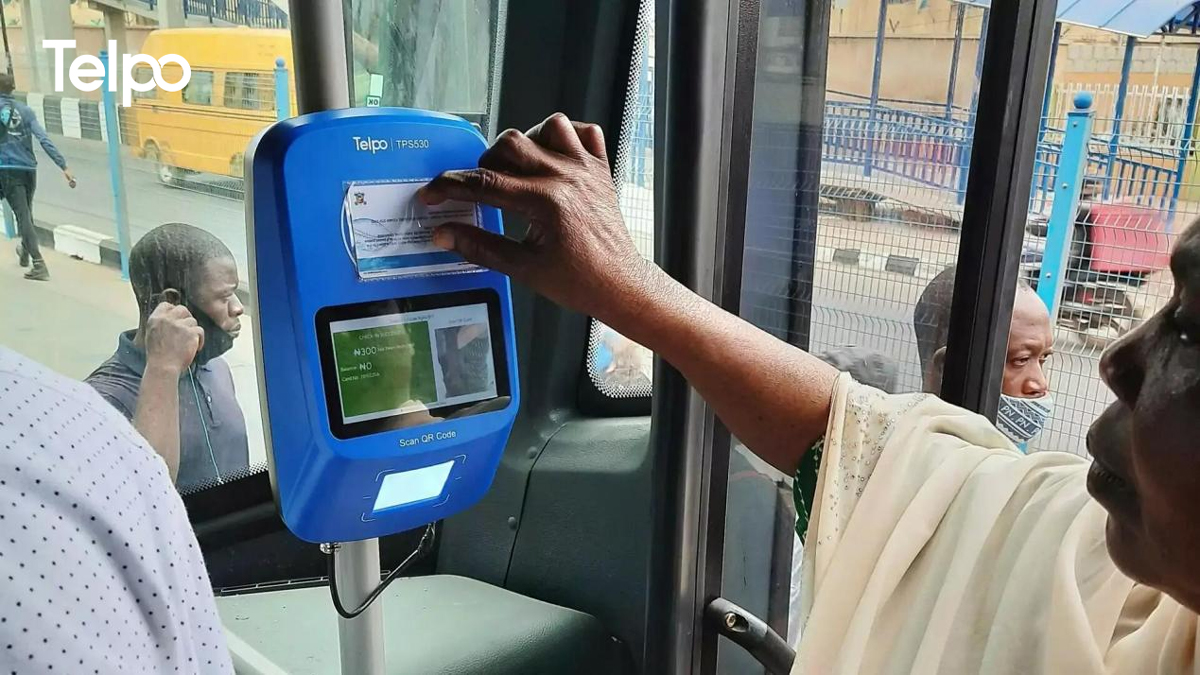
Compared to other types of card readers, contactless smart card readers have several advantages in traffic ticket verification. Some of these advantages include faster and more efficient transactions, improved security with advanced encryption technology, lower maintenance costs due to fewer moving parts, and greater flexibility for use in various transportation services.
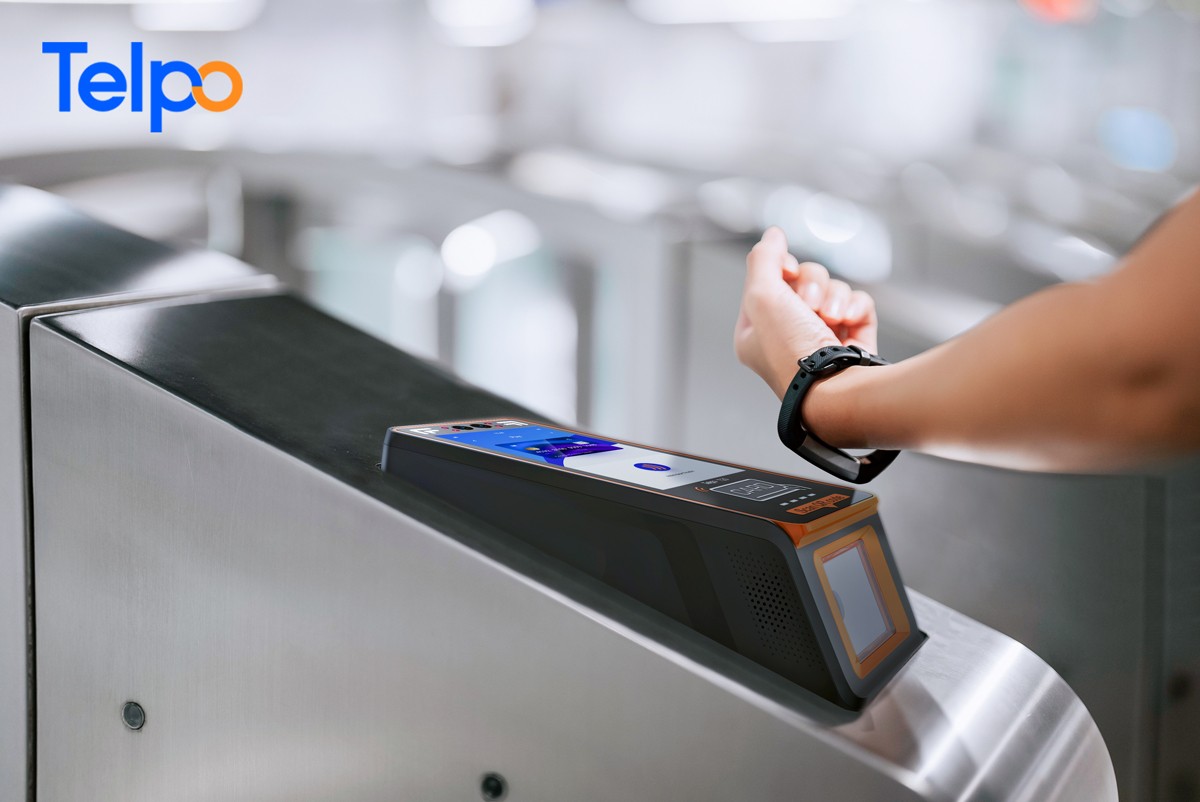
When purchasing suitable traffic card readers, it's important to consider factors such as local regulations, language support, compatibility with existing infrastructure, and the reputation and service capability of the manufacturer. As a traffic card reader manufacturer, Telpo recommends choosing products based on appropriate product features, development languages, connection interfaces, production capabilities, and strong enterprise responsibility and service capabilities.
Telpo has 24 years of experience in intelligent hardware production, product design, research and development, product quality control, and after-sales support, with products such as TPS530 and T20 ticket validation device receiving positive feedback from the market.
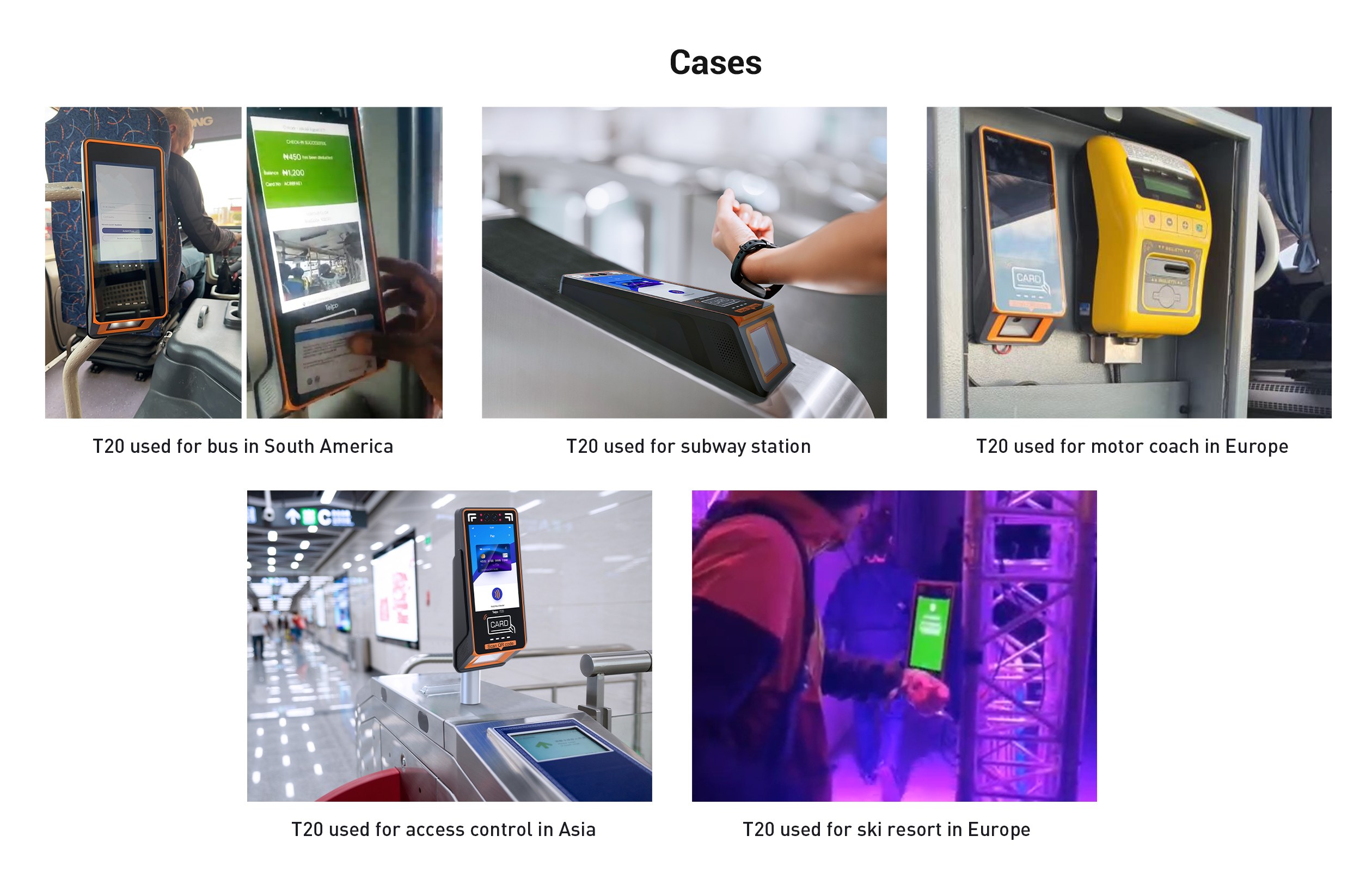
The Evolution of Transportation Card Readers: Future Developments and Trends
The future development of transit card readers is expected to witness significant advancements and trends driven by biotechnology and fintech technologies. Here are some possibilities:
Contactless technologies
The widespread adoption of contactless technologies, such as NFC (Near Field Communication), will continue to grow. Open-loop payment systems, which bind transportation cards with EMV payment cards, enable passengers to tap their Visa/Mastercard or smartphone on the card reader without the need for advance recharge. This provides faster and more convenient transactions for local passengers.Integration with mobile devices
The advancement of Tap to Pay payment technology has accelerated the integration of transit card readers with mobile devices. Passengers can use their smartphones or wearable devices as virtual transit cards, eliminating the need for physical cards and offering greater flexibility and convenience.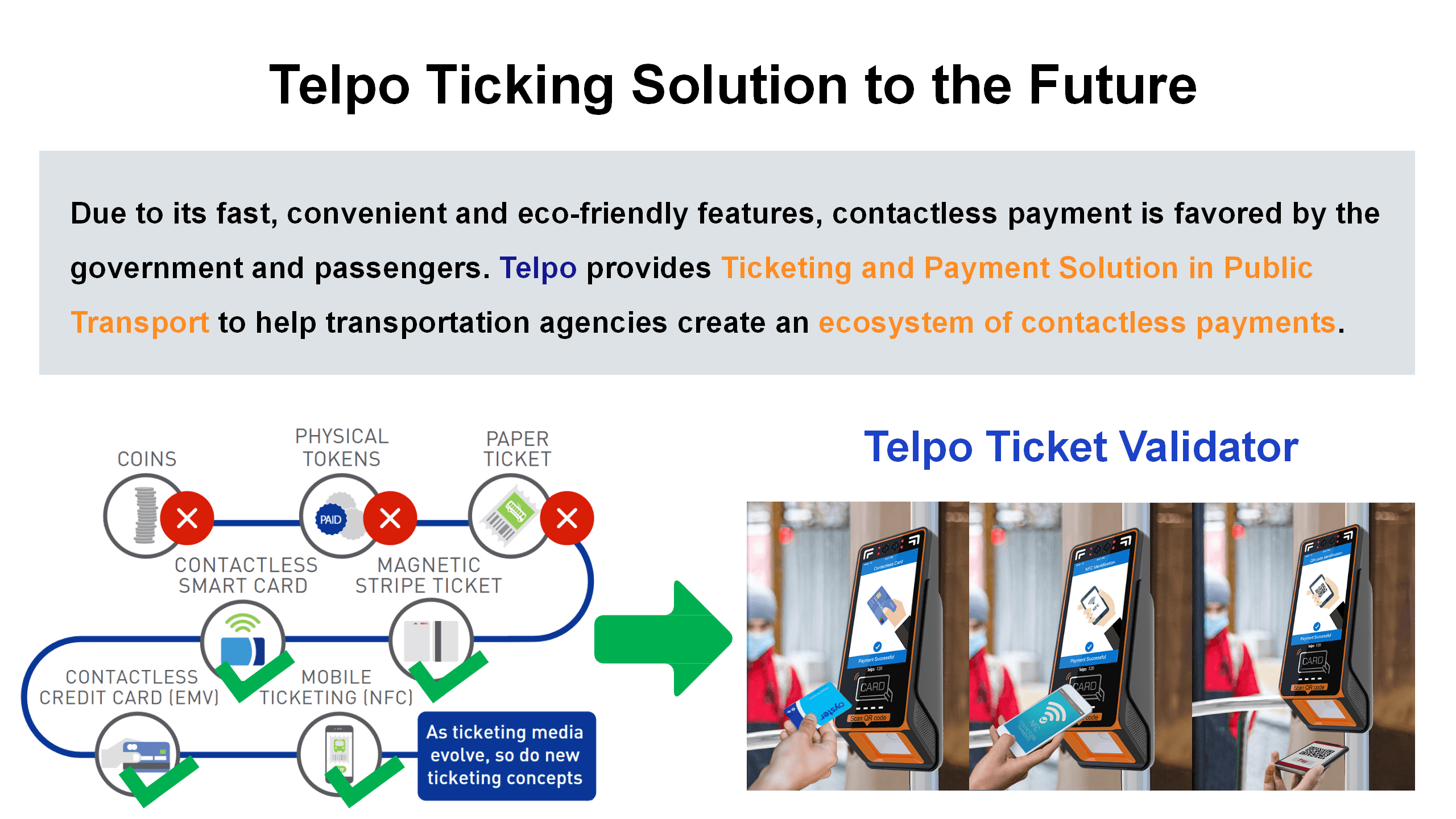
Biometric authentication
The demand for convenience and security will drive the adoption of biometric authentication methods. Transit card readers utilizing technologies such as fingerprint recognition, palmprint recognition, or facial recognition have been trialed in various regions, such as China, Korea, Japan, Russia. These advanced authentication methods simplify the ticketing process and enhance overall passenger experience.Data analytics
Transit card readers can leverage data analytics to gather insights about passenger behavior, peak hours, and travel patterns. This data can be used to optimize traffic planning, improve operational efficiency, and provide personalized services to passengers.Seamless integration with intermodal transportation
As cities strive to provide integrated intermodal transportation systems, transit card readers will seamlessly transition. This allows passengers to use the same transport card for various modes of transport, simplifying the travel experience.Blockchain technology
Secure and decentralized systems like blockchain can be integrated into transit card readers to enhance data privacy, eliminate fraud, and enable seamless interoperability between different transit networks or systems.Overall, the future of transit card readers will focus on improving convenience, safety, and interoperability. Emerging technologies will be leveraged to create a more intelligent and connected transportation system.
Tag: evolution of transit card readers, usage of transit card readers, purchase suitable traffic card readers, manafacturers, future of transit card reader, ticket validator, biometric ticketing,


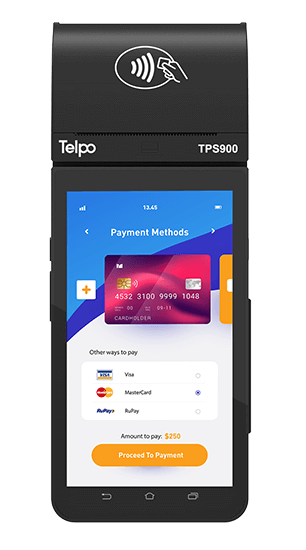
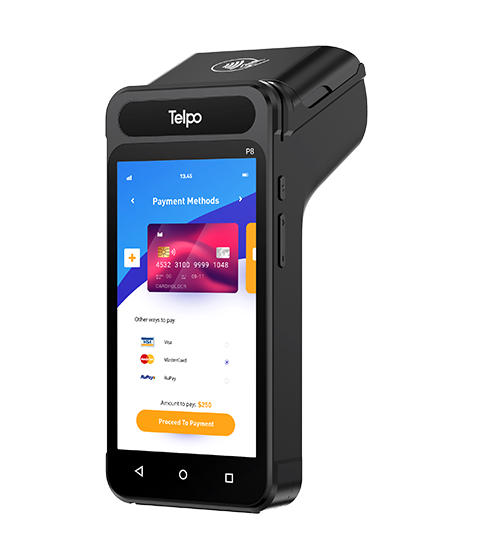
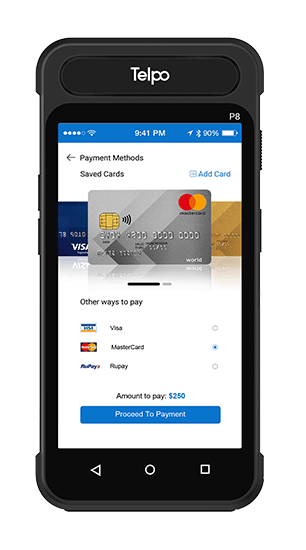

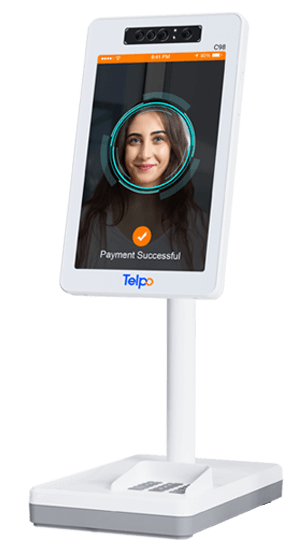
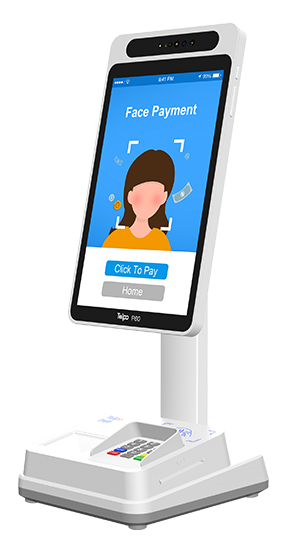
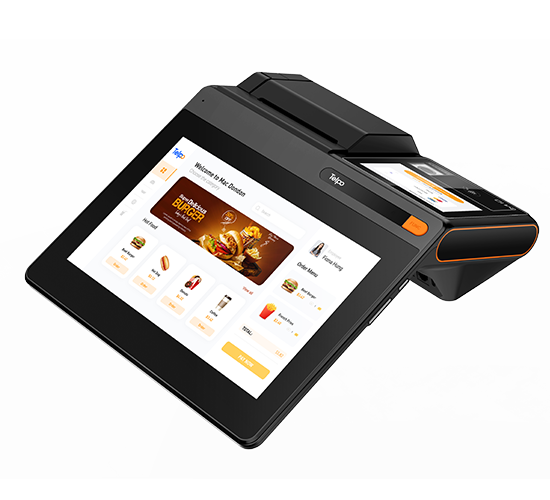
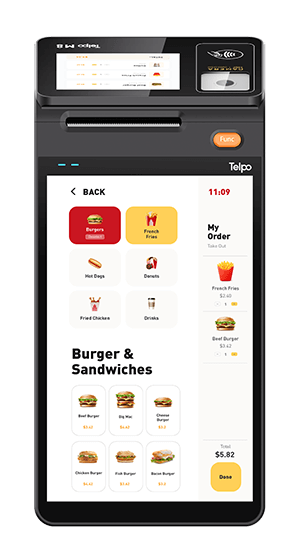
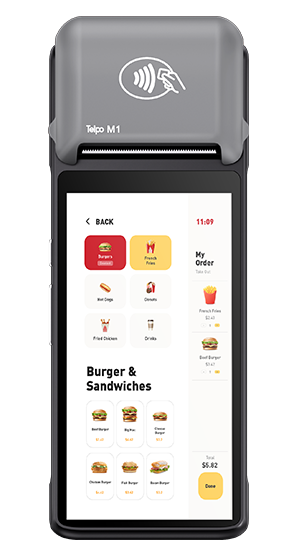
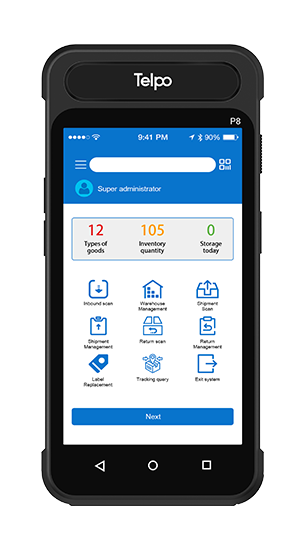
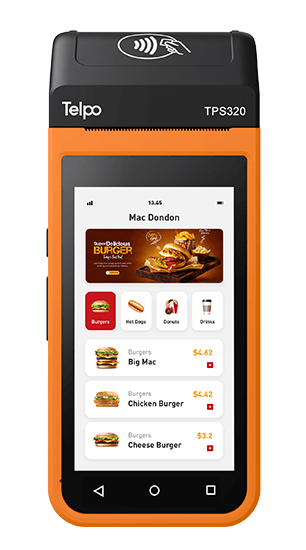
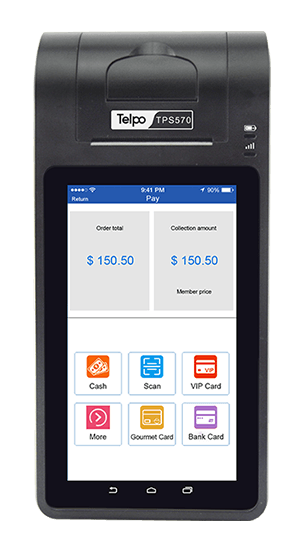
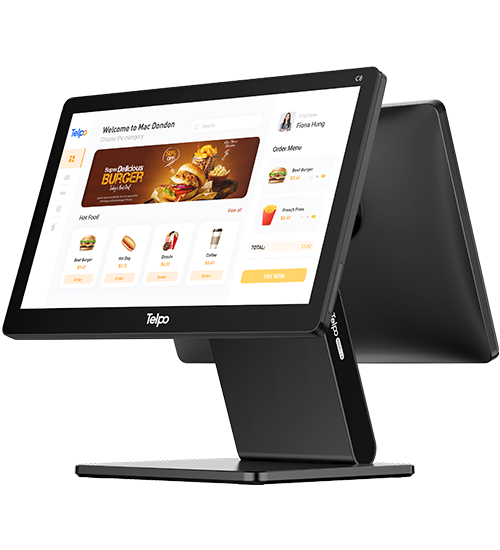
.png?VGVscG8tQzItUG9pbnQgb2YgU2FsZSBUZXJtaW5hbCA=*2023/07/Telpo-C2-80-printer-550.png?VGVscG8tQzItUG9pbnQgb2YgU2FsZSBUZXJtaW5hbCA=*2023/09/C2-printer-250.jpg?VGVscG8tQzItUG9pbnQgb2YgU2FsZSBUZXJtaW5hbCA=)
